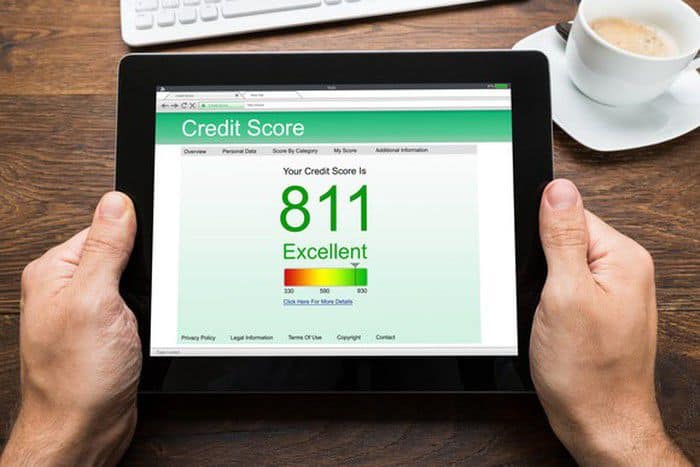
Chances are you’ve probably seen the commercials advertising free credit scores. Sometimes the ads have a catchy jingle or a funny plotline, but they all imply that if you’re not checking your credit score, you’re doing something wrong. It’s free, after all. Why wouldn’t you check it?
But what these commercials aren’t telling you is that the scores you’re seeing aren’t the same ones lenders are looking at. This doesn’t mean they’re worthless, but you have to understand exactly what you’re getting so you aren’t misled into thinking that your score is much higher or lower than it actually is. Here are the most important things you should know.
There are dozens of credit scoring models
All credit scores are a three-digit grade of your financial responsibility based on the data in your credit reports. The most widely used credit scores are FICO scores. There are several different FICO scoring models, with the FICO score 8 being the most common. FICO also offers a number of specialty scores that cater to specific situations. For example, there are FICO auto scores that lenders use when you apply for a car loan.
To make things more complicated, the FICO scores you see are not the same ones that lenders see, although they are very similar. All FICO scores are based on a scale ranging from 300 to 850, with a higher number representing a better score. If you want the most accurate idea of what your credit score is, you should look at all three of your FICO scores — one from each of the three credit bureaus (Experian, TransUnion, and Equifax).
VantageScore is another popular credit scoring model used by lenders. It uses the same scoring scale as FICO and takes many of the same factors into consideration, including payment history, credit utilization ratio, credit mix, and length of credit history.
Then there are “educational scores,” which the credit bureaus produce for you, the individual consumer, to educate you about your creditworthiness. Most free credit scores fall into this category. These scores typically employ the same 300-to-850 scale, but they use proprietary formulas for their calculations that are not the same as the FICO or VantageScores. However, they take similar factors into consideration, so they can give you a ballpark picture of where you’re at. More importantly, free scores often come with information about which factors are helping or hurting your credit score. This can give you some idea of what you can do to improve your score.
If you’re skeptical of the accuracy of a free credit score, you can always get a second opinion by checking out another free credit score. Or you could pay to get your FICO scores from MyFICO.com.
Not all free credit scores are free
It’s rare that a free credit score truly has no strings attached. In the best-case scenario, you get added to the company’s mailing list and have to manually unsubscribe if you don’t want to be. Worst-case scenario, you enter your credit card and get automatically enrolled in credit monitoring services. This will show up as a recurring monthly charge on your credit card until you cancel it. However, there’s usually a small window — seven or 14 days — after you get your free credit score in which you can cancel your subscription without being charged for credit monitoring.
It’s always important to read the fine print before you give out personal information like your Social Security number or your credit card information. Make sure you’re dealing with a reputable site, and be aware of any additional services that you might be opting into when you request your free credit score.
You need to check your credit reports, too
Credit scores only tell you what your credit reports say. They don’t tell you whether that information is accurate. That’s why you need to check your credit reports regularly to ensure that there are no errors or that your identity hasn’t been stolen. Fortunately, getting a free credit report is much easier than getting a free credit score.
Everyone is legally entitled to one free credit report per bureau per year through AnnualCreditReport.com. You’ll have to answer some identity-verification questions to prove that you are who you say you are. Then you’ll be able to view your three reports. You can choose to look at them all at once or space them out throughout the year.
Look for information that appears outdated or inaccurate. A financial institution may not have reported a payment correctly, for example, or it may have confused you with someone else who has a similar name. You should also look for accounts that you don’t recognize. This could be a sign that your identity has been stolen. In that case, you should contact the credit bureau and financial institution immediately to alert them of the problem. Then place a fraud alert on your account so future creditors know to be extra cautious when opening new lines of credit in your name.
Free credit scores have their place, but they’re not enough to give you an accurate picture of your creditworthiness. Make sure you keep an eye on your credit reports as well, and if you do request a free credit score, always scan the fine print first.


